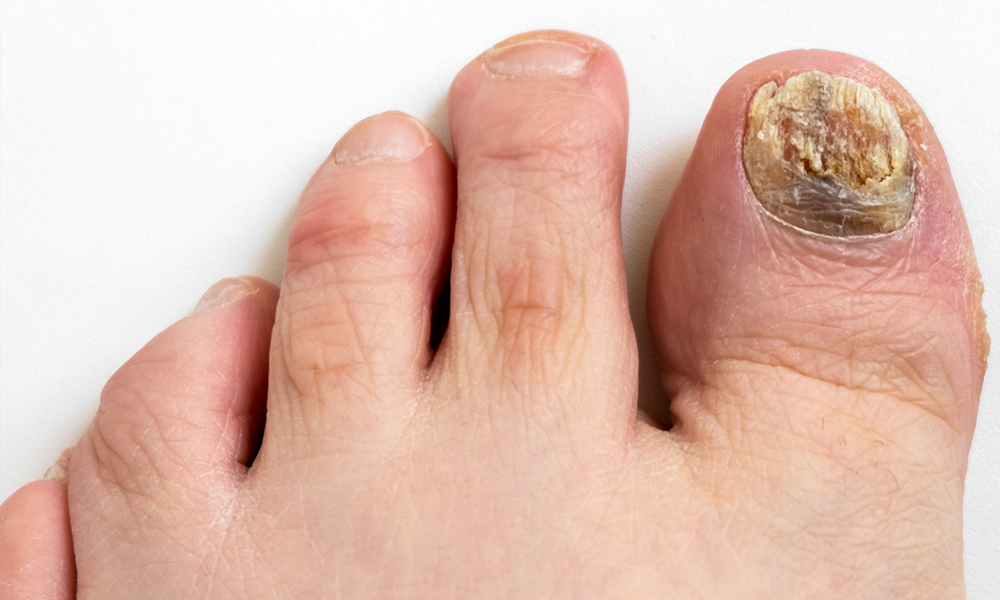
Toenail fungus, also known as onychomycosis, is a common fungal infection that affects the toenails. It occurs when fungi, such as dermatophytes, invade the nail bed and the surrounding area. This condition can cause the nails to become discolored, thickened, brittle, and crumbly. Toenail fungus can be stubborn and challenging to treat, but with the right remedies, you can restore the health and appearance of your nails.
We’re here to help! Contact our friendly staff and connect with our expert doctors
Discoloration: Infected nails may turn yellow, brown, green, or white
Thickening: The affected nails may become thicker than usual
Brittleness: Infected nails tend to become brittle and break easily
Crumbling: The nails may crumble at the edges or even detach from the nail bed
Distorted Shape: Over time, the infected nails may develop an irregular or distorted shape
We’re here to help! Contact our friendly staff and connect with our expert doctors
We treat feet podiatry has been proud to serve the Maryland area’s Foot & Ankle needs for over 30 years! From bunions to twisted ankles to diabetic wound care and everything in between.
Our experienced team is dedicated to get you back on feet again!